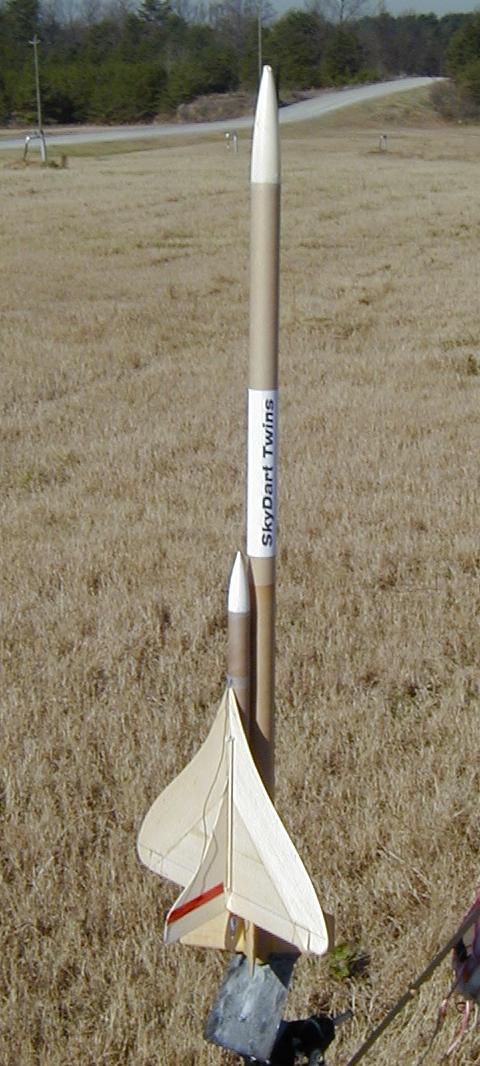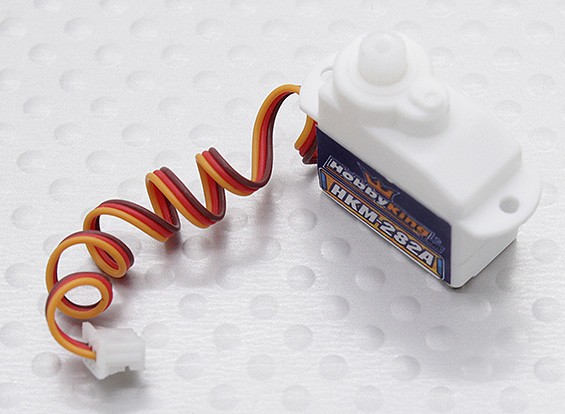See the drawing below which shows the hingeline location for the rudder (In the on-the-pad photo, the red stripe is red monokote as a hinge)
The above was a piggyback glider, so it had the luxury of storing the radio gear inside of the BT-50. As I mentioned in the other thread, with today's micro gear, it may be possible to store the radio gear in the side air scoops and keep the inside of the tube available for the internal pop-pod. But I really wanted to do a "Space Twins" type project with a core rocket and two piggyback R/C Skydarts, so it was easier to mount it all inside the BT-50. But I never did get around to making the 2nd glider.
The amount of rudder travel left-right, not sure (I did that one around 12 years ago). Probably no more than 3/8" each way (3/4" total), perhaps more like 1/4" each way. But I don't think I gave it full rudder very much. One thing about rudder-only models is that if you give hard rudder and hold it, while the model does turn hard, it also noses down and ultimately would spiral-dive until rudder was released, then it would begin to level off and the excess speed from the shallow dive would cause it to zoom up and stall some. So, rudder only flying while simple in a way, actually is a bit trickier for an R/C pilot who is used to having elevator control to hold a bit of up when turning, or giving some down elevator to kill off a stall.
So, the harder the turn, the more the nose will want to pitch down and the model will pick up speed. Better to give it gentler turns.
Rudder-only flying for a model like this, perhaps better to think of it as being able to "adjust glide trim" to gradually turn a little bit left or a little bit right, with very wide turns. So to do that, means not a lot of rudder throw to begin with, and limited control with the transmitter. For a project like this, if you have a computer radio or if it at least has dual rates, then set up the rudder for "low rate" that you'd use most of the time for smooth control, and only have "high rate" available on a toggle switch in case you needed more throw for some reason, or if on the first flight it turned out that low rate was just not enough so you needed more. Better to under-control than over-control.

































